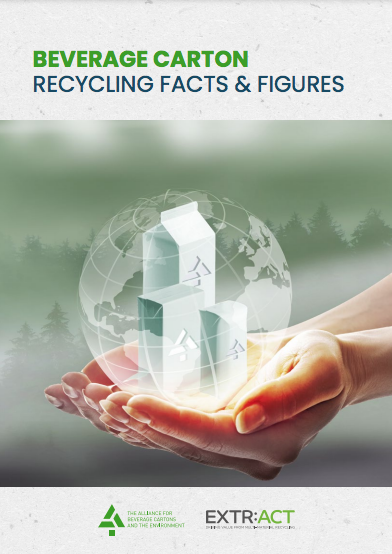About us
ACE – The Alliance for Beverage Cartons and the Environment – provides a European platform for beverage carton manufacturers and their paperboard suppliers to benchmark and profile beverage cartons as a safe, circular and sustainable packaging solution with low carbon benefits.
The ACE members are committed to providing a renewable, climate positive, and circular packaging solution suitable for the needs of today and the future. Through the sourcing of renewable materials from sustainably managed forests and recycling at end-of-life, our packaging has a reduced environmental footprint and contributes to a low carbon circular economy, which makes it a smart and sustainable choice.
Priorities
Latest news
24.04.2024
Regolamento imballaggi UE (PPWR): il comparto dei cartoni per bevande (ACE) accoglie con favore l’adozione del provvedimento.
Regolamento imballaggi UE (PPWR): il comparto dei cartoni per bevande (ACE) accoglie con favore l’adozione del provvedimento.
The Alliance for Beverage Cartons and the Environment (ACE), la piattaforma europea dei produttori di cartoni per bevande, accoglie con favore l'adozione nella Plenaria del Parlamento europeo del PPWR...
Read more
07.06.2023
Press release: ACE Announces New Public Affairs Director for Italian Market
Press release: ACE Announces New Public Affairs Director for Italian Market
The Alliance for Beverage Cartons and the Environment, ACE, has appointed Micol Bertoni as Public Affairs Director for the Italian market.
Ms. Bertoni is responsible for building and managing relat...
Read more









